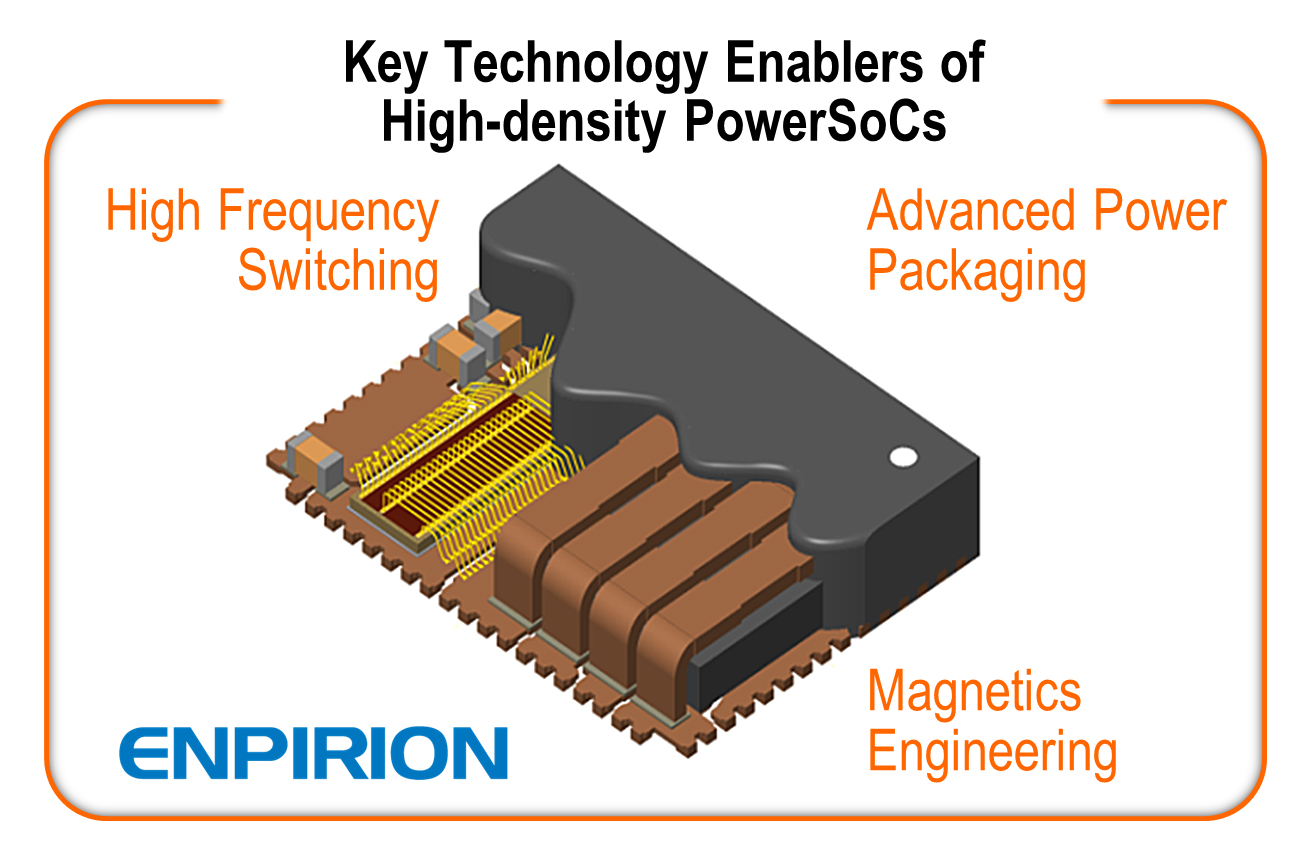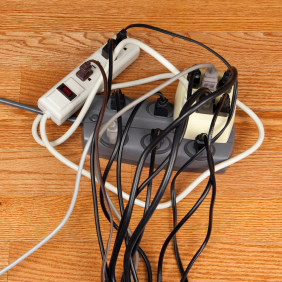OK, FPGA designers, are you sitting down? We need to visualize. Relax. Close your eyes. Breathe in, breathe out, go to your calm and happy place. Everything is going to be OK. You are floating on a warm pond. Your FPGA design is working on the dev board. You feel the sun on your face. You are strong and confident…
Now, we will begin. You are going to design the power supply for your high-end FPGA. It is going to go smooooooothly. There will be no mess of passive components interacting in weird and unexpected ways. You won’t have to call in the guys from the next building who wear the tie dye and sandals to work. Your design will not misbehave in strange and inexplicable ways that are later discovered to be the result of slightly-out-of-spec power.
Editor’s note: Most actual FPGA designers are tempted to run screaming from the room at this point in the exercise.
Today’s FPGAs are very hard to power. They have more power rails with tighter tolerances and more complicated sequencing required than ever. They require more current and have more pages of confusing app notes than just about anything you’ve designed before. Worst of all – the whole thing sneaks up on you right at the end of your project, when you thought you were almost done and were about ready to head out on that vacation to Maui.
When you get the dev board, of course it has a working power supply. You turn it on, and things work. Tah dah! You’re lulled into a false sense of security. You just need to get your design working on there and you’re home free, right? How hard could it be? You can see the design right there on the board in front of you. Oops. No. It’s not quite that easy. Now you have an incredibly tricky power system to create just to get that FPGA to come up on your custom board.
Enpirion understands your pain. They specialize in power systems-on-chip that are the closest things you’ll find to plug-and-play solutions for powering FPGAs and other tricky-to-power devices. The company was started back in 2001 by some Bell Labs power geeks, and they claim to offer the world’s most sophisticated power modules – with over 60 products and over 100 million devices shipped into markets like enterprise, industrial, communications, and test and measurement. Their secret sauce ranges from the high-frequency operation of their converters to special packaging techniques to tricks with magnetics that they say the rest of the industry hasn’t caught up on yet. The net result is a portfolio of impressive-looking DC-DC power products.
Now they’re part of Altera.
If you’re trying to power high-end FPGAs, this could be some pretty good news – particularly if they’re Altera’s high-end FPGAs.
Enpirion’s devices are more integrated than other power solutions on the market – requiring fewer external components. That integration would usually come at a price premium, but Enpirion claims their modules yield lower system cost than competitive solutions. Their technology allows the switching regulator to operate at higher frequency – yielding cleaner, lower-noise power than traditional power modules. In fact, the company claims differentiation on just about every axis of power supply performance – size, noise, efficiency, and reliability.

By attacking power efficiency of the accompanying modules, Altera will have a leg up on minimizing total system power using their FPGAs. Working “outside the chip” gives them another area to reduce power in FPGA-based systems. Enpirion makes some pretty hefty claims on reliability advantages too – with “at least an order of magnitude” higher reliability in the power system. As you know, the power system is a key failure point in many complex FPGA-based systems, so a dramatic improvement in power component reliability translates directly into a large improvement in system reliability.
Why do we care if an FPGA company owns Enpirion? First, and most obviously, you could knock one supplier off your BOM. The procurement people will buy you a beer for that part right off the bat. (However, people not buying you a beer will include the likes of Texas Instruments and Linear Technology.) Second, if your company was worried about sourcing key components from a company as small as Enpirion, they will probably be a lot less jumpy about buying from Altera. Those two benefits alone should keep the bean-counting, budget tracking, risk-averse folks in the cubes down the hall smiling.
But, what are the nerd goodies? Well, for now you get a power solution that’s nicely matched to your FPGA and at least claimed to be more efficient, smaller, cleaner, and easier to design in. Oh, and cheaper too – but that’s really for the spreadsheets of the folks in that last paragraph. For the future, though, we’d guess that the smart folks at Altera and the smart folks coming in from Enpirion will be able to do some nice collaborative design that would not be possible with two companies working independently. That means the future should hold even easier design-in, with feature sets that most likely fit your FPGA’s requirements like a glove.
Competitively, this acquisition gives Altera something Xilinx doesn’t have – an in-house supplier of the kinds of complex power solutions that are getting more important with each new generation of FPGAs. For Enpirion, the marketing muscle and industry clout of Altera should bring more visibility and a wider distribution network for their products – where they’ve been fighting against much larger competitors like TI and Linear Technology. Unlike many acquisitions in the semiconductor sphere, there is really no product overlap or obvious downside. The kinds of customers that use Altera FPGAs are exactly the kinds of customers that want Enpirion’s power solutions.
This acquisition also reflects a new kind of diversity in Altera’s offering. By moving outside the traditional realm of FPGAs and ASICs but staying within the bounds of existing customer and project relationships, Altera positions themselves as less of a specialty supplier (if one can truly consider FPGAs a “specialty”) and perhaps opens the door to even more product portfolio diversification as time goes by.
You may open your eyes now. See? That wasn’t so bad.







Do you find high-end FPGAs tricky to power? Do you think Altera’s acquisition of Enpirion will help that problem?
Hmm.. We switched to 100% Enperion for all of our FPGA designs last year, great stuff! I just hope that Altera will still sell to customers that have a big X on their FPGA 😉